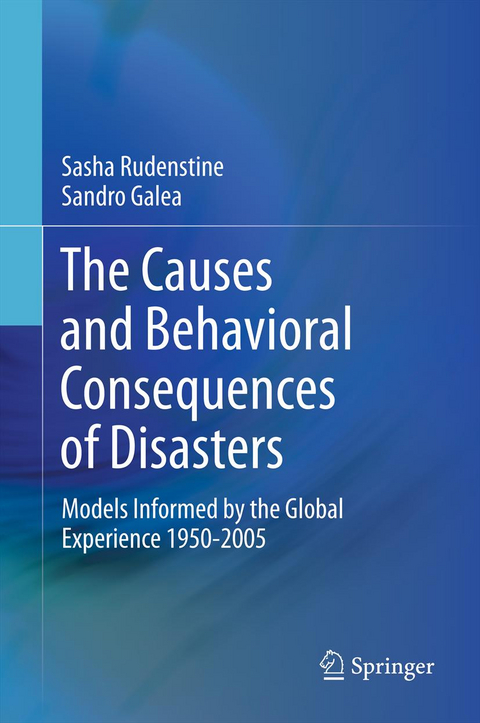
The Causes and Behavioral Consequences of Disasters
Springer-Verlag New York Inc.
978-1-4899-9188-1 (ISBN)
Part I: Understanding Disasters and Their Consequences.- Understanding Disasters: The Missing Role of Context.- Broadening Our Conception of Disasters and Their Consequences.- Part II: Why Do Disasters Happen?.- Vulnerabilities and Capacities that Shape the Consequences of Disasters.- A Conceptual Model: Understanding the Causes and Consequences of Disasters.- A Continuum of Vulnerabilities and Capabilities.- Case Study: Venezuela Floods.- Intermittent Stressors.- Case Study: New York City Subway Fire.- Intermittent Protectors.- Case Study: Peru Earthquake.- Part III: What Happens After Disasters?.- What Do We Know About Population Behavior?.- A Conceptual Model: Understanding Population Behavior After Disasters.- Stage One: Group Preservation.- Case Study: Cyclone Rona.- Stage Two: Population Preservation/ Altruism.- Case Study: Typhoid Outbreak Tajikistan.- Stage Three: Internalizing.- Case Study: Columbine High School Shootings.- Stage Four: Externalizing.- Case Study: The Oklahoma City Bombing.- Stage Five: Renormalization.- Case Study: South Africa Traffic Accidents.- The Big Picture: The World Trade Center Terrorist Attacks.- Part IV: Conclusions.- Modifying Our Models.- Conclusions and Implications for Public Health.
| Erscheint lt. Verlag | 27.11.2014 |
|---|---|
| Zusatzinfo | XIV, 156 p. |
| Verlagsort | New York |
| Sprache | englisch |
| Maße | 155 x 235 mm |
| Themenwelt | Sachbuch/Ratgeber ► Gesundheit / Leben / Psychologie |
| Studium ► Querschnittsbereiche ► Prävention / Gesundheitsförderung | |
| ISBN-10 | 1-4899-9188-3 / 1489991883 |
| ISBN-13 | 978-1-4899-9188-1 / 9781489991881 |
| Zustand | Neuware |
| Haben Sie eine Frage zum Produkt? |
aus dem Bereich


